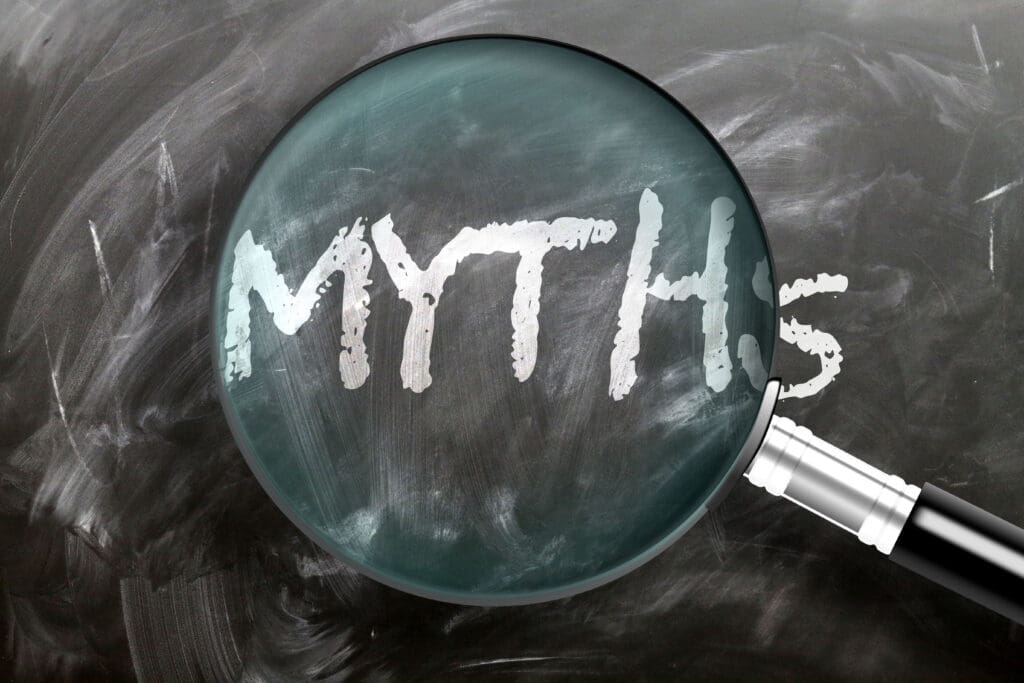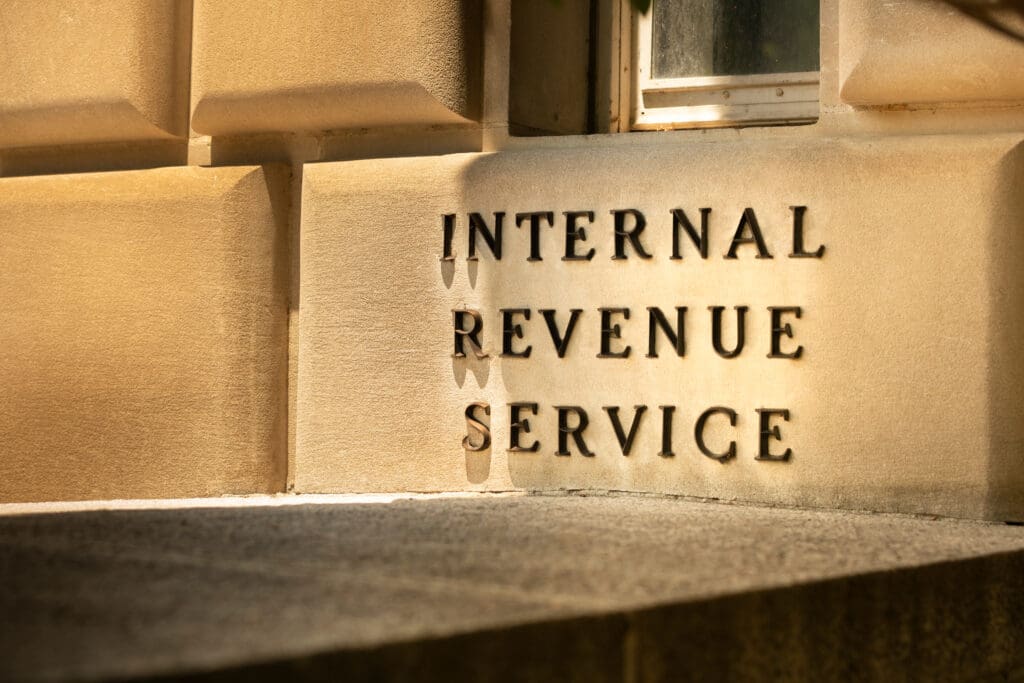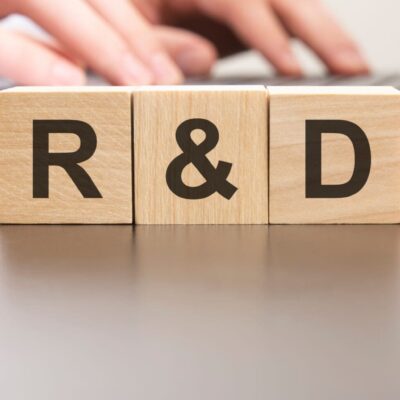Businesses often want to either improve their service or product lines or expand their current ones. However, doing so isn’t always affordable, especially for small-to-medium-sized companies.
That’s the primary reason the United States Government created the Research and Development (R&D) tax credit. This dollar-for-dollar tax initiative allows businesses to directly reduce their tax liabilities for R&D efforts that support the creation and distribution of new products and services. Companies that qualify for the R&D tax credit can deduct the cost of qualified research and innovation from their taxable income.

R&D Tax Credit Eligibility Criteria
How do you know if your company is eligible for this tax credit? The R&D credit is available to any U.S. business — any size or industry — that conducts domestic research activities. To qualify, these businesses must create new or innovative products, redesign existing ones and develop new processes, techniques, prototypes, formulas or software.
U.S. businesses also qualify for the R&D tax credit if they develop intellectual property and hire engineers and designers who are engaged in qualified research activities. Some companies qualify for the tax credit if they manage certain types of employees, including plant operators, assembly technicians, drafters, fabricators, machinists and various engineers.
Industry-Specific R&D Tax Credits Examples
1. Manufacturing Industry
Manufacturing company ABC is a medium-sized carpet business that invested in an automated technology that enables it to streamline its weaving processes. With the new technology, ABC has been able to reduce its manufacturing time by 25 percent and decrease labor costs. The company spent $250,000 on qualifying R&D expenses, allowing it to claim a federal R&D tax credit of $25,000. ABC had not previously utilized the tax credit for which it was eligible, so StenTam conducted an R&D credit study and amended the company’s tax returns for the three most recent IRS filings. The result was another $10,000 in tax credits for ABC.
2. Technology Industry
WeArePetTech is a technology startup based in Silicon Valley. Its primary product, for which it raised $2.8 million, enables veterinary practices to remotely monitor clients’ pets and notify staff when symptoms change. In 2022, WeArePetTech spent $1 million of the capital it raised on qualified innovation (salary and wage expenses, supplies and third-party fees). Therefore, the company’s estimated R&D credit amount totals $100,000.

3. Medical/Pharmaceutical Industry
Based in St. Paul, Minnesota, MedPharmCo specializes in developing two different device and delivery systems and has an annual revenue of about $4 million. Because the company is developing new medical devices, creating prototypes of them, testing those prototypes through patient compassionate use scenarios and researching methodologies for a new delivery system, it qualifies for the R&D tax credit. In addition to a federal R&D tax credit of $40,000, MedPharmCo also received a credit at the state level.
4. Food and Beverage Industry
To meet consumer demand for new types of carbonated water, WeHaveFood has been investing in R&D. The company has spent $500,000 on R&D activities, from developing a new beverage product to conducting sensory testing and investigating new packaging materials. WeHaveFood received an R&D tax credit of $50,000, which it is utilizing to offset its R&D expenses.

Misconceptions About Claiming the R&D Tax Credit
Many smaller businesses, including startups, do not realize that they are eligible for the R&D tax credit. Not only large corporations reap the benefits, though, and that is just one misconception about this tax initiative. Following are some others:
My R&D project had to create a never-before-seen product.
Your company is not required to develop a new-to-the-world product to qualify for the R&D tax credit; the creation simply must be new to your company or taxpayers. IRS regulations define research as activities constituting a process of experimentation “intended to eliminate uncertainty.” The new product from your R&D project also has to meet the IRS’ four-part R&D test.
My company’s R&D project wasn’t successful, so my business doesn’t qualify for the tax credit.
Not every experiment produces success, which is why the R&D tax initiative is an efforts-based credit. You may still be eligible for the credit if your qualified research expenses meet the four-part R&D test.
I didn’t file for the R&D tax credit last year, even though my business qualified for it, so I missed the opportunity.
The Research and Development tax credit isn’t automatically distributed to eligible businesses — it must be claimed by your company. All you have to do is file an amended tax return. Note that you can retroactively amend your taxes for up to three years to take advantage of the R&D credit.
My business is a startup and therefore does not qualify for the R&D tax credit.
Startups are eligible for the R&D credit and can utilize it to pay down up to $250,000 of their FICA payroll tax for your first five taxable years. However, your company’s gross receipts must be less than $5 million in the tax credit year, and you can’t have any gross receipts for any taxable year preceding the five-taxable-year period that ends with the tax credit year. Again, it also depends on your company’s qualified research expenses.
My company isn’t profitable yet, so there’s no way I qualify for the R&D tax credit.
The Protecting Americans from Tax Hikes (PATH) Act enables eligible startup companies and/or those without revenue to qualify for the R&D tax credit. Businesses that are not yet profitable but meet the R&D tax credit requirements can potentially take it as a payroll offset of up to $250,000 annually. There are a couple of stipulations: your company must make less than $5 million in gross revenue in the previous credit year and have no gross receipts five years before the credit year.

What is the IRS’ Four-Part R&D Test?
There are four criteria to determine whether your project is eligible for the tax R&D tax credit. These criteria include:
Permitted Purpose
The research and development must relate to either a new product or process or an improvement to an existing product or process. The research doesn’t have to pertain to something completely new to your industry. It can simply be an innovation for your company.
Elimination of Uncertainty
The research must seek to eliminate uncertainty about the capability or method for developing or improving a product or service. This includes the appropriateness of a product’s design.
Process of Experimentation
The business must demonstrate that the research process includes testing hypotheses, evaluation of alternatives and the process of discovery through trial and error.
Technological in Nature
The research must be based on the principles of hard sciences. Hard sciences can include biological science, computer science, physics, engineering, etc.

How StenTam Can Help
IRS requirements aren’t always easy to understand no matter how many instructions are provided. When you partner with StenTam, we’ll make sure your R&D tax credit filing is accurate and compliant. And, we’ll examine your expenditures, base amount, tax rate, contract research and gross receipts in all open tax years to determine for how much credit you qualify. Get an instant quote today!






